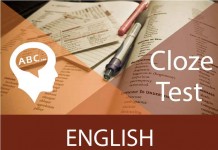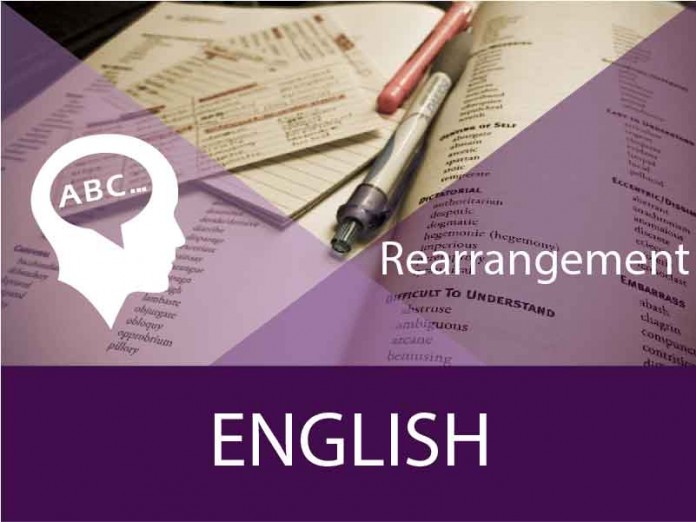How to solve Para Jumble questions in competitive exams?

English is considered a Difficult section in of the Banking Exam. Also it has been found that even after a good quality of preparation, In this post, we particularly are emphasizing on the Para Jumble topic, which constitutes five questions in any Banking exam.
What is a Para-Jumble?
As the name suggests, we deal with jumbling here. There is one misconception about para jumbles that is we are not jumbling paragraphs here instead we are actually straightening out jumbled sentences in a paragraph.
Para jumbles are basically jumbled paragraphs. You are provided with a paragraph – but the sentences are not in the right order. You have to rearrange the sentences so that they turn out into a meaningful paragraph. Solving jumbled paragraphs is just like science. You can obtain an accuracy of 100% even if you are not a good reader. Para jumbles are asked in all bank exam.
Key skills required:
- Understanding the topic of the paragraph: You should have the skill to notice what is being talked about, because it helps in establishing links with various sentences.
- Understanding the information flow and approach of author: The second thing that is pivotal to identify is that the information should be in a flow that has been adopted by the author. What exactly is the paragraph trying to convey? A pre-requisite to develop the two skills above is to possess the qualities of a Good Reader.
STRATEGIES

STRATEGY 1: Identify the opening sentence
STRATEGY 2: Identify the closing sentence
STRATEGY 3: Identify mandatory pairs
These are groupings which will occur in a defined order. Once the identification part is done you need to co-relate them with the options provided.
STRATEGY 4: Identify transition words
They function like logical connectors in sentences. Transition words imply a shift from one idea to another in a paragraph.
Following is a list of commonly used transition words :
again, also , besides, furthermore, as well as, in addition, likewise, moreover, similarly, consequently, hence, otherwise, generally, therefore, thus, as a rule, subsequently, for example, for instance etc.
STRATEGY 5: Identify pronoun antecedents
Following are some of the personal pronouns that are used: ‘she, he, it, her, him, they, your, you etc’.
STRATEGY 6 : Understanding the Chronology
In a few questions the events can be arranged in a chronological order and logically they construct a paragraph.
STRATEGY 7: Look for short forms and abbreviations
STRATEGY 8: Ideas precede examples and General follows Specific example
In a paragraph containing an idea and an example the idea is always followed by example. Similarly in every case General is lead by Specific.



















